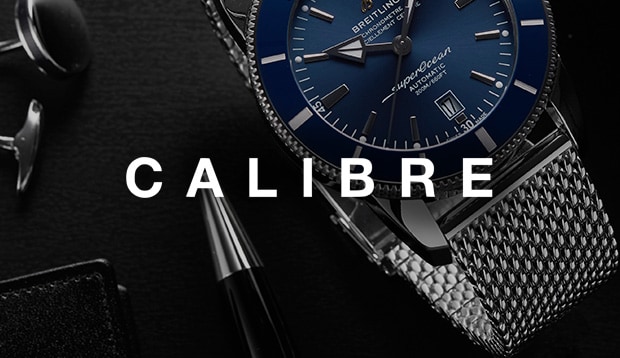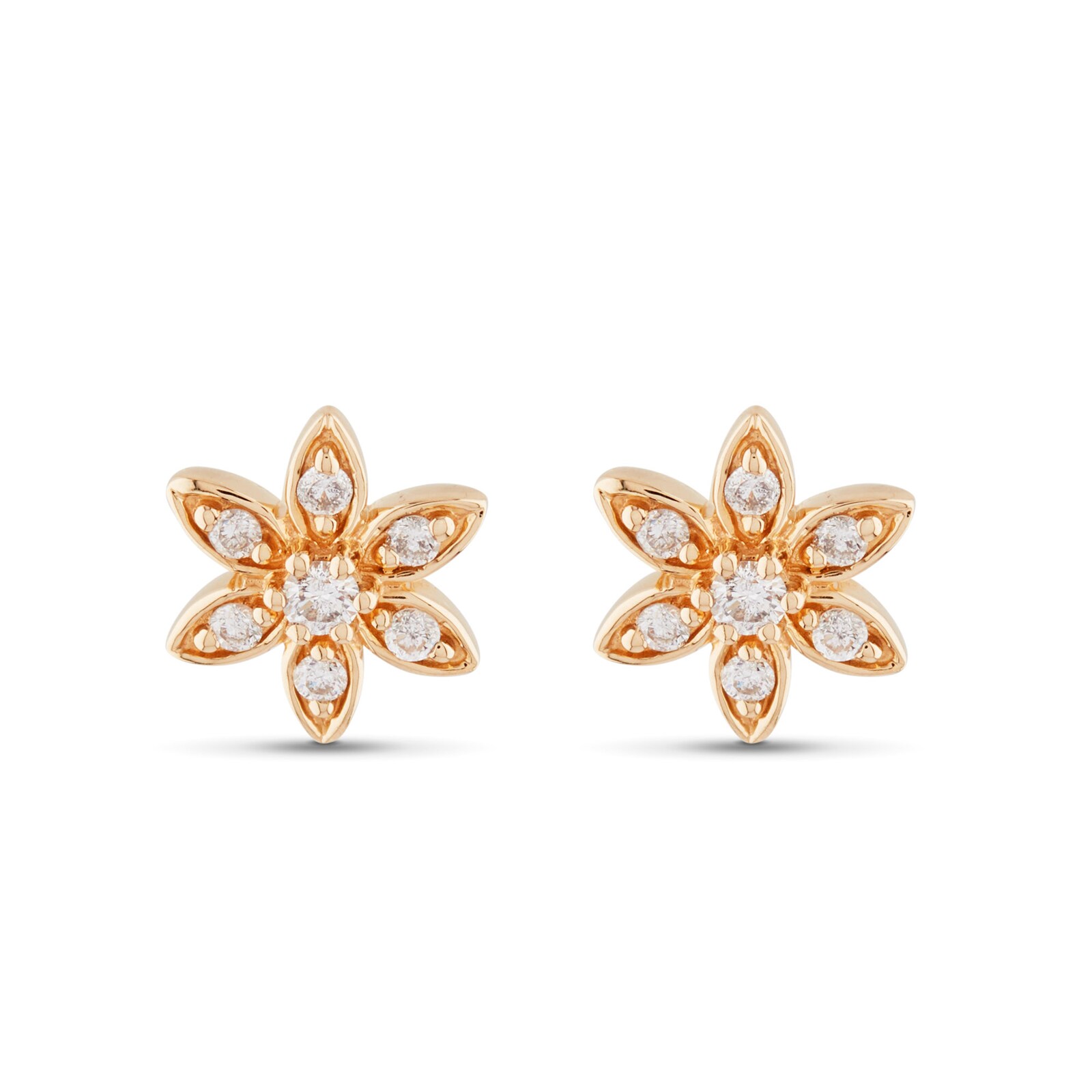-
SALE
Sale JewellerySale WatchesBy Price
-
Diamonds
By Category
-
Engagement
By Category
-
Weddings
Featured
- Jewellery
By CategoryBy Metal TypeBy GemstoneBy BrandBy Edit- Watches
By CategoryBy CollectionBy Luxury BrandBy Designer Brand- Rolex
FeaturedBy Collection- Rolex Certified Pre-Owned
- Brands
FeaturedBrands A-Z- Gifts
By CategoryBy PriceBy Popular Brand- Pre-Owned
By Brand- Sell Your Watch
Sell your watchWe will expertly assess your watch and offer you
a competitive and accurate valuation for the
watch you wish to sell to us.Free Instant Valuation
Drop off at any Showroom
Unrivalled Knowledge & Expertise- Editorial
- Jewellery
- Shop by Category
- SALE
- Diamonds
- Engagement Rings
- Weddings
-
Jewellery
- Back
- Jewellery Offers
- Shop All Jewellery
- Jewellery Home
- By Category
- By Metal Type
- By Gemstone
-
By Brand
- 886 by The Royal Mint
- Amor
- Bijoux Birks
- BOSS
- Calvin Klein
- Chopard
- Emporio Armani
- Fabergé
- FOPE
- FRED
- Georg Jensen
- Goldsmiths
- Gucci
- Jenny Packham
- Kiki McDonough
- Lauren By Ralph Lauren
- Mappin & Webb
- Marco Bicego
- MARIA TASH
- Messika
- Michael Kors
- Olivia Burton
- Pasquale Bruni
- Pomellato
- Repossi
- Roberto Coin
- Skagen
- Susan Caplan
- SUZANNE KALAN
- SWAROVSKI
- Ted Baker
- THOMAS SABO
- Tommy Hilfiger
- By Edit
-
Watches
- Back
- Watch Offers
- Shop All Watches
- Watches Home
- By Category
- By Collection
-
By Luxury Brand
- Rolex
- Rolex Certified Pre-Owned
- BALL
- Bamford
- Baume & Mercier
- Bell & Ross
- Blancpain
- Breitling
- Bremont
- Cartier
- CHANEL
- Chopard
- DOXA
- Frederique Constant
- Girard-Perregaux
- Glashütte Original
- Grand Seiko
- Gucci
- Hublot
- ID Genève
- IWC Schaffhausen
- Jaeger-LeCoultre
- Junghans
- Keris
- Longines
- MeisterSinger
- Montblanc
- Nivada Grenchen
- NOMOS Glashütte
- NORQAIN
- OMEGA
- Oris
- Panerai
- Piaget
- Rado
- RAYMOND WEIL
- TAG Heuer
- TUDOR
- Ulysse Nardin
- ZENITH
- By Designer Brand
- Rolex
- Rolex Certified Pre-Owned
-
Brands
- Back
- View All Brands
-
A-Z
- Rolex Watches
- Rolex Certified Pre-Owned
- 886 by The Royal Mint
- Accurist
- Amor
- Arnold & Son
- BALL
- Bamford
- Baume & Mercier
- Bell & Ross
- Blancpain
- Bijoux Birks
- BOSS
- Breitling
- Bremont
- BVLGARI
- Casio
- Calvin Klein
- Cartier
- Certina
- CHANEL
- Chopard
- Citizen
- Czapek
- DOXA
- Emporio Armani
- Encelade 1789
- Fabergé
- FOPE
- FRED
- Frederique Constant
- Garmin
- Georg Jensen
- Gerald Charles
- Girard-Perregaux
- Glashütte Original
- Goldsmiths
- Grand Seiko
- G-SHOCK
- Gucci
- Hamilton
- Hublot
- ID Genève
- IKEPOD
- IWC Schaffhausen
- Jacob & Co
- Jaeger-LeCoultre
- Jenny Packham
- Keris
- Kiki McDonough
- G-SHOCK
- Lauren By Ralph Lauren
- Longines
- Louis Erard
- Mappin & Webb
- Marco Bicego
- MARIA TASH
- Maurice Lacroix
- Michael Kors
- Messika
- Montblanc
- Nivada Grenchen
- NOMOS Glashütte
- NORQAIN
- Olivia Burton
- OMEGA
- Oris
- Panerai
- Parmigiani Fleurier
- Pasquale Bruni
- Piaget
- Pomellato
- QLOCKTWO
- Rado
- RAYMOND WEIL
- Repossi
- Roberto Coin
- Rolex
- Rolex Certified Pre-Owned
- Seiko
- Skagen
- Susan Caplan
- SUZANNE KALAN
- SWAROVSKI
- TAG Heuer
- Ted Baker
- THOMAS SABO
- Tissot
- Tommy Hilfiger
- TUDOR
- Ulysse Nardin
- Vivienne Westwood
- William Wood Watches
- WOLF
- ZENITH
- Gifts
-
Pre-Owned
- Back
- Shop Pre-Owned Watch Sale
- Shop All Pre-Owned
- Pre-Owned Home
- By Category
-
By Brand
- Rolex Certified Pre-Owned
- Pre-Owned Patek Philippe
- Pre-Owned TAG Heuer
- Pre-Owned Cartier
- Pre-Owned Jaeger-LeCoultre
- Pre-Owned Breitling
- Pre-Owned OMEGA
- Pre-Owned Longines
- Pre-Owned Tudor
- Pre-Owned IWC
- Pre-Owned Panerai
- Pre-Owned Blancpain
- Pre-Owned Breguet
- Pre-Owned Chopard
- Pre-Owned Rado
- Pre-Owned Vacheron Constantin
- Pre-Owned Zenith
- Sell Your Watch
- Editorial
- My Account
- Wishlist
- Store Finder
- Book an Appointment
- Help & Support
Shapes of the Heart: The Story Behind the Five Most Romantic Jewellery Motifs
Whether given to a partner, friend, parent, sibling or child, every piece of jewellery carries meaning and memories.

Certain symbols are inextricably linked to love and have been used to symbolise matters of the heart for centuries. Here, we look at the history behind the five most romantic motifs in the jewellery world.
Infinity
Thought there was nothing sentimental about algebra? Think again: the infinity symbol is where mathematics and romance collide. While the figure-of-eight motif can be traced back to Greek philosophy, it was first used to represent a number with no end by mathematician John Wallis in the 17th century. Also known as a lemniscate, from the Latin for “decorated with ribbons”, the symbol expresses eternal, endless love. Its elegant silhouette parlays beautifully into jewellery: such as this classic 9ct gold pendant by Goldsmiths, the two halves representing two interconnected souls.
Knot
Like the Celtic handfasting ritual, in which a married couple’s hands are tied together – literally, tying the knot – a knot represents love and lasting commitment. Love knots have appeared in jewelled form over the centuries: from Ancient Greek jewellery and Celtic knot rings to sailors’ rope bracelets and Victorian jewels. Symbolic but not saccharine, knots continue to appear in contemporary jewellery design. Here, Goldsmiths sprinkles tightly bound knots with diamonds for a sparkling accessory with a subtle romantic twist.
Flowers
Nothing says ‘I love you’ better than a bouquet of flowers – except an everlasting display wrought from precious metal and gems. Floral jewellery blossomed in the early 19th century after the publication of Le Langage des Fleurs, which assigned meanings to different botanicals: tulips for love, blue violets for faithfulness, ivy for fidelity. Victorians, who loved symbolic jewels, embraced this new language with naturalistic depictions of flowers in diamond brooches, rings, necklaces and tiaras. The trend continued into the enameled blooms of Art Nouveau. Contemporary floral jewels are simpler and more stylised: each petal of Goldsmiths’ dainty 9ct gold flower, for example, is adorned with a single diamond.
Circle
Wedding and eternity bands are an everyday reminder of a couple’s enduring love and commitment: the unbroken circle is a universal symbol of devotion. The circle is a metaphor for wholeness, perfection, and eternity; one of the most ancient and powerful symbols in existence. It’s also one of the most aesthetically pleasing, making it a timeless favourite in jewellery boxes. Goldsmiths sets brilliant-cut diamonds around the circumference of an open circle in this ultra-versatile pendant.
Heart
The most unmistakably romantic emblem of all, hearts have been used since medieval times as a token of love. They were hugely popular in the Victorian era – Queen Victoria owned a bracelet strung with a heart-shaped charm to represent each of her children. In recent years, the heart has become one of the biggest trends in fine jewellery. From Suzanne Kalan’s hearts composed of baguette-cut diamonds to Chopard’s celebrated Happy Hearts collection and Gucci’s logo-adorned designs, there’s a heart to suit any style. Here, Goldsmiths embellishes a Sterling Silver version with a sparkling 0.10ct diamond.
Explore more romantic jewellery here at Goldsmiths online or visit one of our showrooms.
Author Credit: Sarah Royce-Greensill is the Jewellery & Watches Editor at The Telegraph, where she covers everything from royal tiaras to the latest trends in fine jewellery. She is also a contributor to Vanity Fair, Conde Nast Traveller, Tatler and Country Life, among other titles.
Sign Up For The Jewellery Edit Newsletter
Get a round up of the latest news and inspiration from The Jewellery Edit every month, directly to your inbox.
© 2025 Goldsmiths
Goldsmiths is a trading name of Watches of Switzerland Company Limited. Registered Office: Aurum House, 2 Elland Road, Braunstone, Leicester, LE3 1TT, Registered in England and Wales, Company number 00146087. Registered VAT Number 834 8634 04. Watches of Switzerland Company Limited acts as a broker and not a lender and offers finance from Secure Trust Bank PLC trading as V12 Retail Finance and PayPal UK Ltd, 5 Fleet Place, London, United Kingdom, EC4M 7RD trading as PayPal Credit. Watches of Switzerland Company Limited is authorised and regulated by the Finance Conduct Authority. Our registration number is 308710. *Credit is provided subject to affordability, age and status. Minimum spend applies. Terms and Conditions apply. UK residents only. Not all products are regulated by the Financial Conduct Authority and FOS protection will not be extended to unregulated agreements. Please note the Consumer Credit Act states that should your purchase / loan amount cost more than £30,000 you will not be covered under Section 75 of the Consumer Credit Act.
*Next day delivery available on most items. See product pages for more information.














